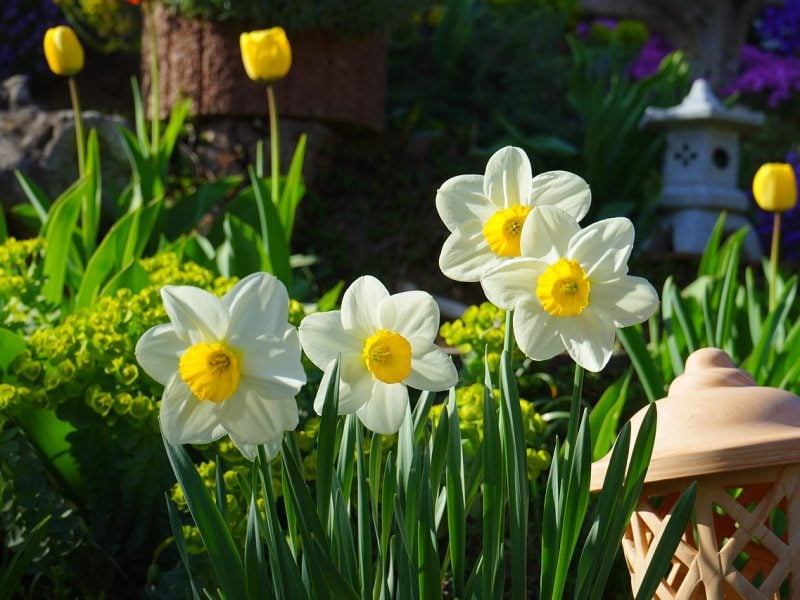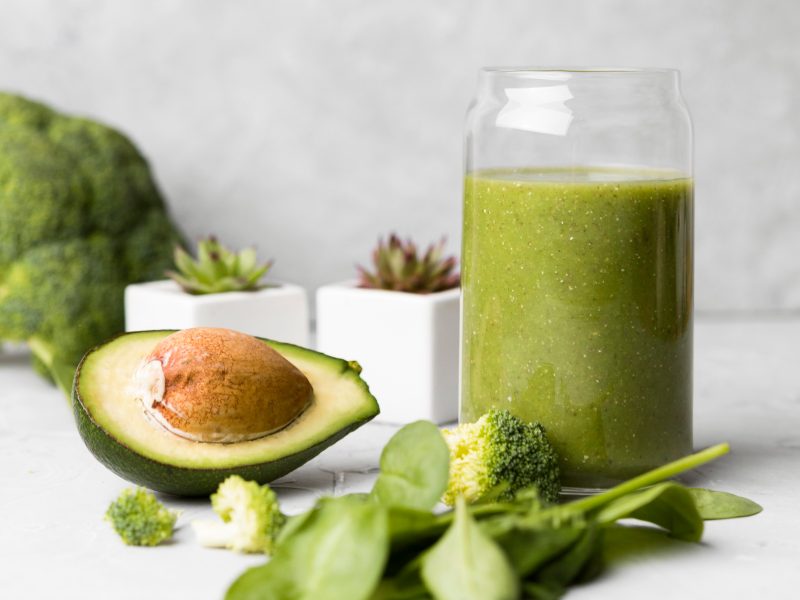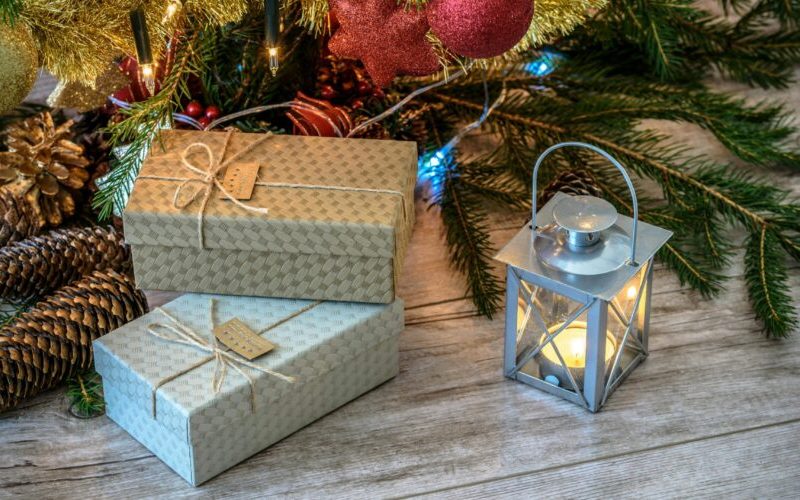As we move properly into summer, one thing you will notice is a sudden pervasive appearance of weeds in your garden. Growing in the nooks and crannies of your hard surfaces your flower beds, but hopefully not so much – if you’re a Greensleeves customer that is – into your lawn.
This is because our specially formulated summer treatment has been created to take control of these troublesome plants and let your lawn flourish. But exactly what weeds are we tackling during the summer? Well, from June to September/October the main culprits include:
Ragwort

Ragwort goes by many names and is considered to be a ‘noxious’ weed in that it contains compounds with alkaloids that can be damaging to the livers of animals such as cows and horses.
Ragwort is easily controlled by a combination of our summer treatment and frequent mowing. However, out of the lawn it can make a rather attractive wild plant to leave in dedicated ‘wild areas’ as it is the main food source of the cinnabar moth caterpillar.
Yarrow

Yarrow usually flowers between June and August, its roots settle deep into the soil making it hard to eliminate. Especially as it’s very hardy and even during prolonged dry spells it can easily survive. Our treatment helps to tackle this plant, but you can supplement its effects to control it more by raking infected areas occasionally before mowing.
Thistle

Flowering between June and September, thistles are the official flower of Scotland, as legend goes it helped to alert the Scottish army to an invading troop of Vikings after a Norseman gave a mighty yell when he trod upon a spiky thistle.
While this story may or may not be true, it definitely highlights the reason why you want to eliminate thistles from your lawn: the young plants hide among the grass and can present a nasty barefoot surprise. Again, a combination of Greensleeves’ summer treatments and regular mowing can keep them at bay.
Dandelion

Arguably the most invasive and robust of garden weeds is the ever-present dandelion. As any child knows its yellow flower turns to a ‘clock’ which will spread seeds all over your lawn and can rapidly take over if not kept in check.
Dandelions aren’t something you can just uproot easily, as it has a woody taproot which some people claim makes a tasty alternative to coffee when roasted and ground. We’ll take their word for it!
Ground Ivy
Otherwise known as Creeping Charlie, perhaps the only plant that rivals the dandelion for its annoying habit of reappearing is ground ivy. This plant has a nice fragrance especially when cut, but it’s something better enjoyed in a wildflower bed than your lawn.
Taking control of ground ivy, if it has gotten out of hand, requires a combination of good lawn care practices — frequent aeration, scarification and mowing in addition to our summer treatments.
Looking for more lawn pest info?
Is your lawn blighted by a particular pest that you don’t know what to do about? Send a picture to the Greensleeves Surgery and one of our experts will be in touch to help you identify and tackle it.





